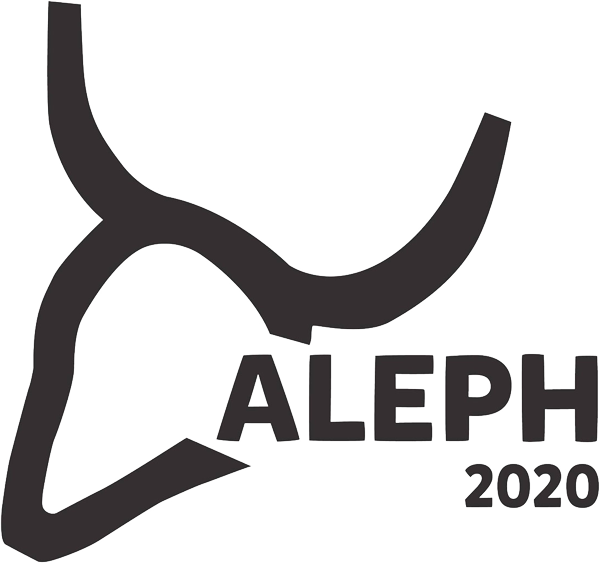The Blue Zone argument for plant-based diets is flawed

This article discusses the following topics related to Blue Zones:
Blue zones: what are they and why is the concept problematic?
'Blue Zones' represent communities with exceptional longevity, which are frequently referred to in support of plant-based eating and the restriction of animal source foods. Identified in places like Ikaria, Okinawa, the Ogliastra Region, Loma Linda, and the Nicoya Peninsula. The Blue Zones concept was coined in 2005 and has since been acquired by the Seventh-Day Adventist Church, to support their dietary evangelism. The concept faces criticism due to skewed interpretations and flaws in the identification of supercentenarians, including absence of birth certificates, clerical registration and age-reporting errors, and pension fraud in remote communities.
The misrepresented case of the Okinawa diet
What is commonly described as the Okinawan longevity diet, having only 9% protein, does not represent a traditional diet. It refers to a snapshot of a scarcity situation, recorded in 1949 when livestock had been severely impacted by the war. Contrary to the belief that Okinawans minimized meat intake, their pork and goat consumption has been historically exceptional within Japan. The islands of Okinawa have a well-known pork food culture, with all families raising pigs, chickens, and occasionally other farm animals. Animal fats were also a significant part of cooking. Studies indicate that centenarians in Okinawa consumed twice the amount of meat compared to mainland Japanese centenarians. Apart from meat, fish and seafood were also regularly consumed in Okinawa.
Animal source foods are an important part of Blue Zone diets
The Blue Zone argument disingenuously fails to acknowledge that good physical and mental health do not only correlate with the consumption of plants but also with certain animal source foods. The intake of dairy, eggs, fish, seafood, and poultry can be substantial. In some areas, like Okinawa and Sardinia, red meat is a more integral part of the diet than often assumed. In Sardinia, centenarians are predominantly found among pastoralist populations rather than cultivators.
